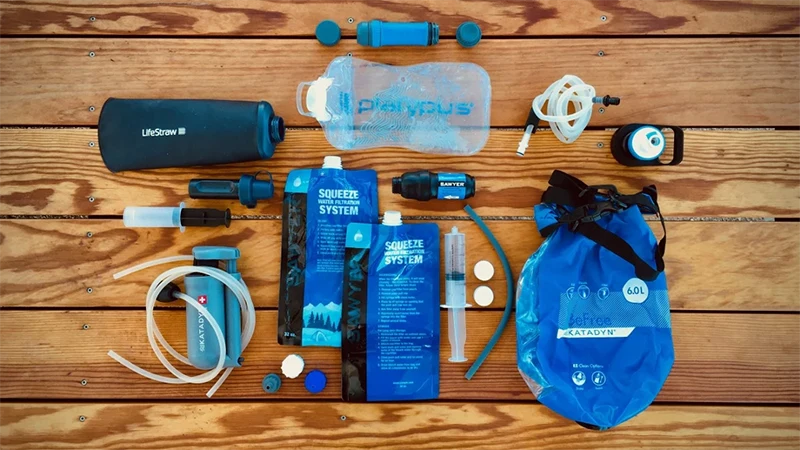

Effect of interventions to reduce malaria incidence among military personnel on active duty: study protocol for a cluster randomised controlled trial of the impact of etofenprox-treated uniforms, permethrin-treated uniforms and DEET insect repellent.
Background
While there is strong evidence that bite protection methods such as permethrin-treated clothing and topical insect repellents are protective against insect bites, there are few studies assessing the impact on malaria infection. This study will estimate the protective efficacy of treated uniforms and DEET insect repellent on the incidence of malaria infection among military personnel in an operational setting. Permethrin-treated uniforms used with DEET lotion will be compared to etofenprox-treated uniforms with DEET lotion. The effect of DEET lotion will be estimated by comparing permethrin-treated uniforms with DEET or placebo lotion.
Method
A cluster randomised double-blind placebo-controlled trial is planned to evaluate the effectiveness of the interventions on preventing malaria infections in soldiers on active duty at Mgambo National Service Camp in Tanga, Tanzania. The arms are (1) permethrin-treated uniform with 30% DEET liposome formula; (2) permethrin-treated uniform with placebo lotion; (3) candidate insect repellent system, i.e. etofenprox-treated uniform with 30% DEET liposome formula; and (4) placebo, i.e. untreated uniforms with placebo lotion. The primary outcome is the incidence of Plasmodium falciparum malaria infection detected by polymerase chain reaction (PCR) by active case detection using surveys every 2 weeks for 12 months. Rapid diagnostic tests will be used for the diagnosis of participants with symptoms.
The unit of randomisation will be combania: companies formed by recruits aged 18 to 25 years; combania do activities together and sleep in the same dormitory. Unequal randomisation will be used to optimise statistical power for the primary comparison between permethrin-treated uniforms with DEET and etofenprox-treated uniforms with DEET.
Discussion
This trial will provide the estimate of the effects of permethrin with DEET compared to those of the new fabric treatment etofenprox with DEET and any additional effect of using DEET. The results will inform strategies to protect military personnel and civilians who have more outdoor or occupational malaria exposure than the general public.
From the Squad
Campfire conversations with our community, from Squad Members and Ambassadors to Brand Partners and the Sawyer team.

















